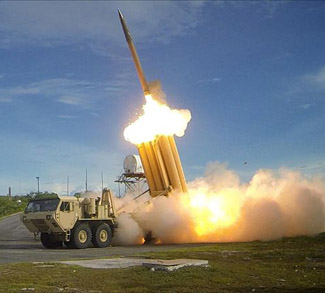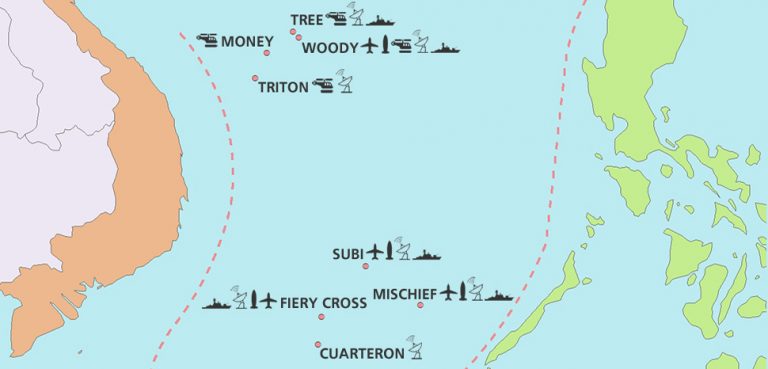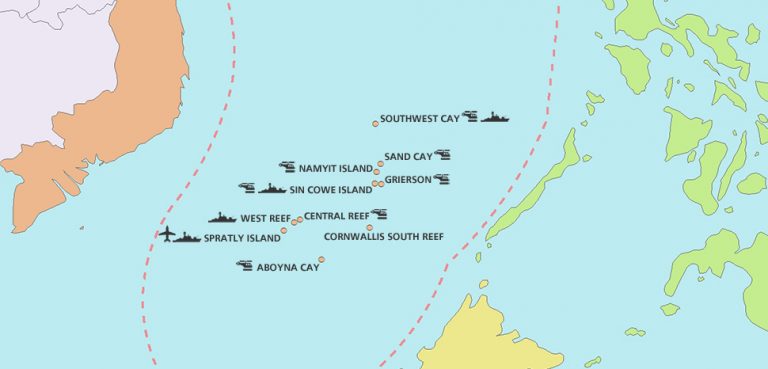
What remains of the Asia Pivot?
President Obama’s defining policy sought to open markets via the Trans-Pacific Partnership (TPP) and park a large portion of the US Navy in China’s backyard. The idea was to pull Asian economies toward the United States, away from China, and to build US force projection capabilities, thus assuring allies in the region that US power was in East Asia for the long run.
Fast-forward to the Trump administration and we see a very different situation: mercantilism is on the rise, allies and would-be allies like South Korea, Australia, the Philippines, and Vietnam are striking out on their own with more independent foreign policies, and US military power is being openly challenged by North Korea and, to a lesser extent, by China in the South China Sea.
Much of the geopolitical groundwork predates President Trump, so it’s unfair to the blame at his doorstep. Yet Trump’s governing philosophy will only accelerate these trends going forward.
Is the era of US primacy in East Asia drawing to a close? And if so, what comes next?



